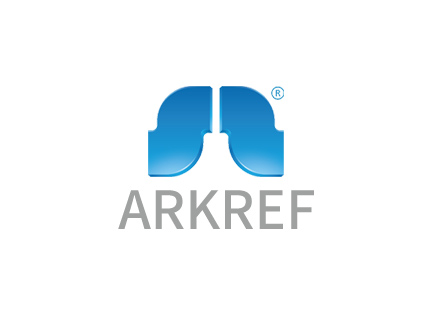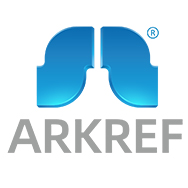Top 5 Cooling Innovations for Modern Data Centers
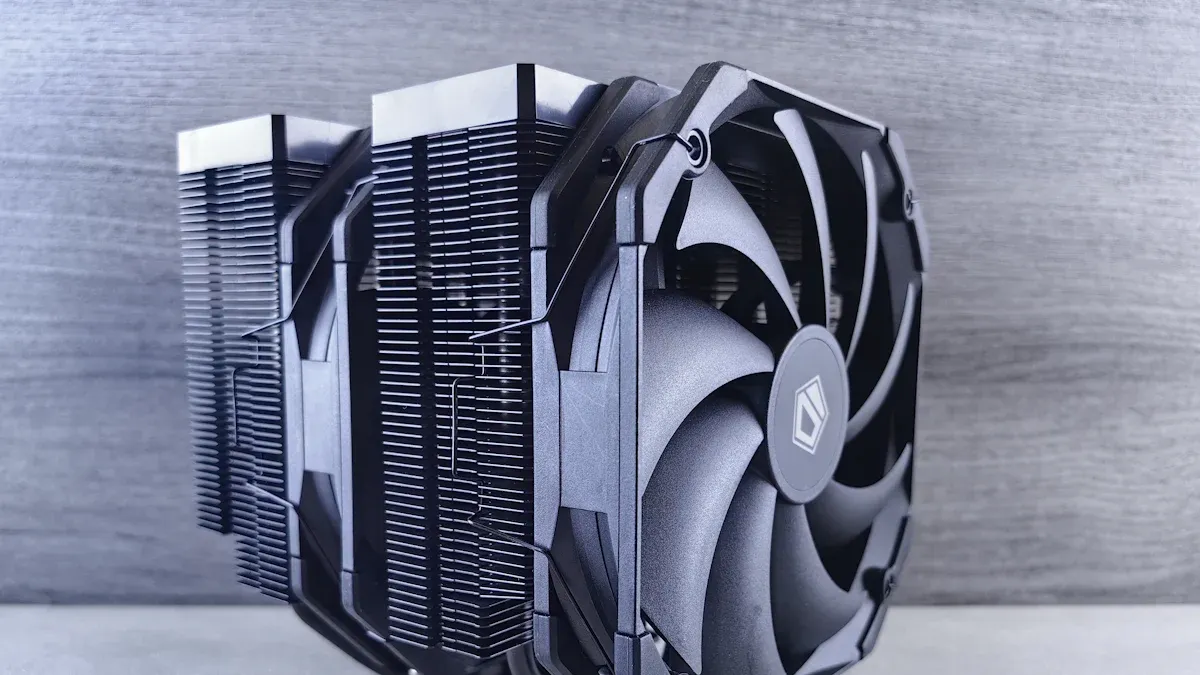
Efficient data center cooling is very important. It helps lower energy use and improves how well data centers operate. Data centers consume 1% of the world's electricity every year. Implementing better data center cooling methods is necessary. These innovative solutions save energy and benefit the environment. They also reduce energy costs by as much as 30%.
Key Takeaways
Liquid immersion cooling works better than air cooling. It uses special liquids to cool servers, saving energy and money.
Direct-to-chip cooling handles heat in crowded data centers well. It cools parts like CPUs directly, stopping overheating and boosting performance.
Free cooling uses natural things like cold air and water. This way saves energy, lowers costs, and helps the planet.
Liquid Immersion Cooling
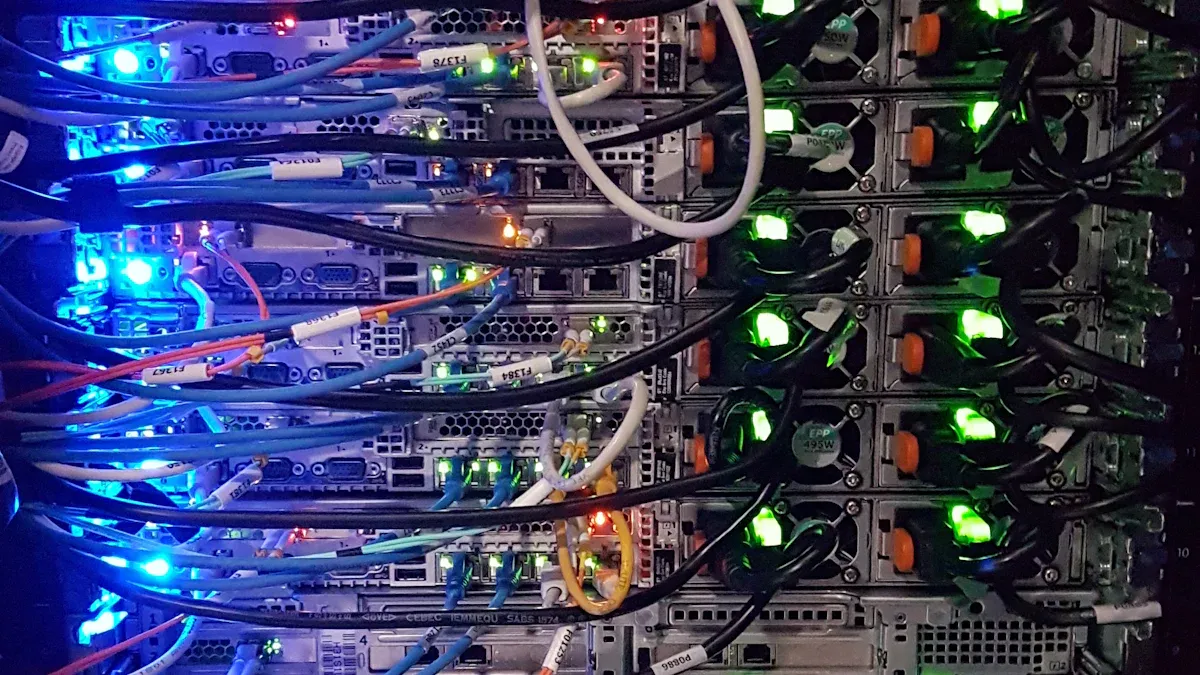
Problems with Air Cooling
Air cooling has trouble keeping up with modern data centers. Stronger servers create more heat, which air cooling can't handle well. This is especially true in places with many servers close together. Air cooling uses more energy and costs more to run. Fans and air circulation also make noise and need a lot of upkeep. Because of these issues, air cooling isn't the best for advanced data centers.
How Liquid Immersion Cooling Works
Liquid immersion cooling is a new way to cool servers. Servers are placed in a special liquid that absorbs heat. This liquid can carry heat away better than air. It touches the parts directly, cooling them faster and more effectively. Some systems use special liquids like PAO6 and PAO8. These liquids improve cooling and protect parts under heavy use. Without fans, liquid cooling is quieter and needs less maintenance.
Why Liquid Cooling is Better
Liquid immersion cooling has many benefits for data centers. It saves energy by not depending on air cooling. It also lowers costs by needing less upkeep and making equipment last longer. Liquid cooling helps the environment by using less energy and reducing waste. For example, Chemours and DataVolt work together to improve performance and cut costs while being eco-friendly. These advantages make liquid cooling perfect for today's data centers.
Direct-to-Chip Cooling
Problems with Rack-Based Cooling
Rack cooling systems have limits in today’s data centers. As servers get stronger, they create more heat. Air cooling struggles with racks needing over 10-15 kW of power. Some tasks need 30-60 kW or more, which air cooling can’t handle. This can cause devices to slow down, work poorly, or even break. Tight spaces in data centers make cooling harder with so many machines running. Planning setups is tricky due to changing needs and system failures. These problems show why better cooling methods are needed.
How Direct-to-Chip Cooling Works
Direct-to-chip cooling is a smart way to manage heat. It uses liquid to cool parts like CPUs and GPUs directly. The liquid flows through tiny channels in the chips, taking away heat fast. Then, the heat moves to other systems to be reused or released. Unlike air cooling, this method works for racks using over 100 kW. It also helps the environment by reusing heat for things like warming buildings or making energy.
Benefits for High-Density Data Centers
Direct-to-chip cooling is great for data centers with lots of servers. It fixes air cooling problems and keeps devices from overheating. By removing heat right from the parts, it keeps systems running smoothly. It also uses less energy, cutting costs and helping the planet. With support for high-power racks, this cooling method helps data centers grow while staying reliable.
Free Cooling Systems
What is Free Cooling?
Free cooling uses nature to help cool data centers. It relies on things like cold air or water to lower heat. For example, in cold places, outside air can cool servers directly. This method needs less energy than regular cooling systems. It’s a smart and eco-friendly way to manage heat.
Think of free cooling as letting nature handle the hard work. By using the environment, data centers stay cool without overworking machines. This works best in areas with cold weather or nearby cold water.
Using Air and Water for Cooling
Cold air and water are key to free cooling. When it’s cold outside, air can flow in to cool servers. Cold water from lakes or rivers can also absorb heat from machines. These natural coolants reduce the need for big cooling systems.
Some data centers use special tools to make this even better. For example, air economizers clean and cool outside air before using it. Water systems often reuse heated water to warm buildings. This makes free cooling both efficient and sustainable.
Why Free Cooling is Great
Free cooling helps the planet and saves money. It uses less energy, which lowers carbon emissions and fights climate change. It also cuts electricity costs by using fewer power-hungry machines.
Cooler systems last longer, too. Lower temperatures mean less damage to parts, so they don’t need replacing as often. This reduces waste and saves money. Free cooling is good for data centers and the environment.
AI-Driven Cooling Optimization
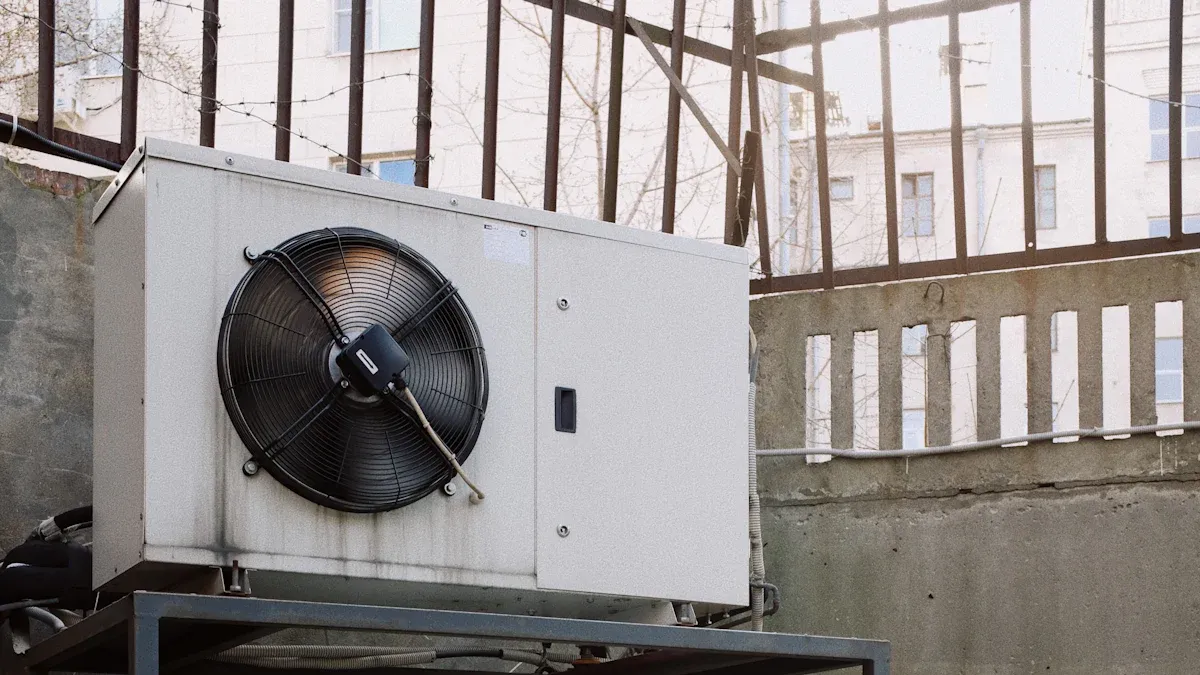
Manual Cooling Management vs. AI
Manually managing cooling in data centers is not very effective. People must check temperatures and adjust systems to stop overheating. This takes a lot of time and can lead to mistakes. Errors might damage equipment or cause systems to stop working.
AI cooling systems solve these problems. They use smart programs to study data and make changes automatically. AI tools measure things like Power Usage Effectiveness (PUE) to save energy. By removing human control, AI keeps cooling steady and lowers costs.
How AI Enhances Data Center Cooling
AI changes how cooling works in data centers. It predicts temperature changes and fixes cooling before issues happen. This keeps servers working well. AI works well with methods like liquid cooling and direct-to-chip cooling. These methods save energy and are better for the planet.
AI systems handle heavy workloads and keep everything running smoothly. They also save energy by avoiding extra cooling. With AI, data centers can be more efficient and eco-friendly.
Case Studies of AI-Driven Cooling Solutions
Real-life examples show how AI cooling works well. Flexential worked with the University of Pennsylvania to add AI cooling. The Penn Advanced Research Computing Center (PARCC) needed strong systems for data and AI tasks. Flexential helped set up AI cooling, showing its benefits for busy data centers.
This teamwork shows how AI cooling improves performance and cuts costs. It also proves that scalable solutions are key for modern data centers. Using AI can make cooling better and meet the needs of advanced computing.
Liquid-to-Air Hybrid Cooling
What is Hybrid Cooling?
Hybrid cooling mixes liquid and air cooling to manage heat better. Liquid cooling absorbs heat from parts like CPUs and GPUs. Then, the heat moves to an air system, like a rear door exchanger, to release it. Combining these methods makes cooling more effective and saves energy.
A project by the University of Texas at Arlington and Accelsius is working on hybrid cooling. They are blending direct-to-chip cooling with air systems. Their goal is to improve cooling for busy data centers by 2025.
Feature | Information |
|---|---|
Project Name | New Hybrid Cooling Technology for Future Data Centers |
Lead Institution | University of Texas at Arlington |
Key Partner | Accelsius |
Focus Area | Mixes direct-to-chip cooling with air systems like rear door exchangers |
Expected Launch | End of 2025 |
Main Goal | Better cooling for high-density data centers |
How Does Liquid-to-Air Cooling Work?
Liquid-to-air systems use liquid to absorb heat from equipment. The heat then moves to air systems to cool down. For example, a sidecar unit can cool two racks without needing water pipes. Rear door exchangers also help by cooling racks and saving space.
Liquid cooling works faster than air, handling heat 3,500 times better. Mixing liquid and air cooling makes data centers more efficient. This method improves energy use and lowers costs.
Why Hybrid Cooling is Helpful
Hybrid cooling has big benefits for data centers. Liquid cooling cuts power use by up to 40%. It also lowers costs by needing less equipment and handling more servers. Warm water cooling skips chillers, saving even more money.
These systems save energy and help the environment. They cut carbon emissions and use resources wisely. As more companies switch to liquid cooling, hybrid systems are becoming the go-to choice for modern data centers.
Modern data centers use five smart cooling methods to stay efficient. Liquid immersion and direct-to-chip cooling work well for crowded setups. Free cooling uses nature, while AI systems save energy automatically. Hybrid cooling mixes liquid and air for better results.
Good cooling systems cut energy waste and save money. For instance, systems with a Cooling Capacity Factor (CCF) of 1.1 to 1.2 work best. They balance workloads and lower Power Usage Effectiveness (PUE).
CCF Range | What It Means | Advantages |
|---|---|---|
1.1 - 1.2 | Best cooling performance | Balanced systems, lower PUE |
1.2 - 1.5 | Room for improvement | Can turn off extra cooling |
1.5 - 3.0 | Common but wastes energy | Better airflow saves money |
Over 3.0 | Very wasteful | Wastes energy, costs more |
Using these advanced methods helps save energy and money. These technologies make data centers eco-friendly and work better. Switching to them can improve your data center’s performance.
FAQ
What cooling method saves the most energy in data centers?
Liquid immersion cooling saves the most energy. It cools parts directly, uses less power, and doesn’t need fans or air systems.
Can AI cooling work with old systems?
Yes, AI works with old systems. It studies data and adjusts cooling automatically. This improves efficiency without needing new equipment.
How does free cooling cut costs?
Free cooling uses cold air or water from nature. This lowers the need for big machines, saving electricity and reducing costs.
See Also
Seven Cutting-Edge Developments in Cold Storage Logistics
Three Key Advantages of CO2 Refrigeration Over Conventional Methods
CO2 Refrigeration: An Eco-Friendly Alternative for Cooling
Three Groundbreaking CO₂ Transcritical Refrigeration Projects Featuring ARKREF
